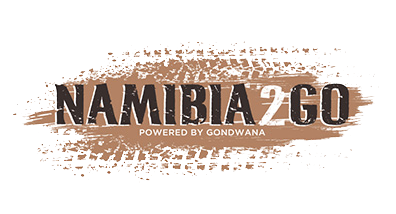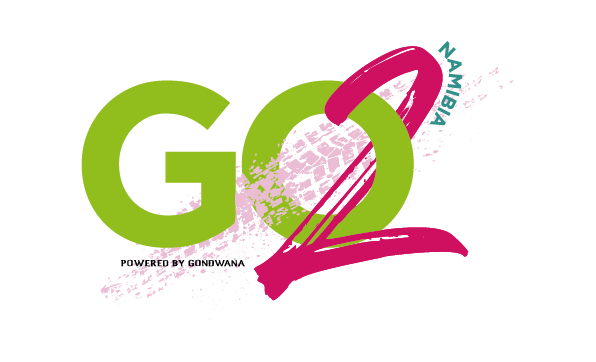There were stories and more stories. On the shelves of the Fransie Pienaar museum next to the bottles of Witblits, I found the book ‘Prince Albert Local Stories’, a collection garnered by Helen Marincowitz, with some of the more colourful tales remembered by people who had been born and grown old in the Karoo town. I’ve included some of my favourites below.
𝐓𝐡𝐞 𝐛𝐢𝐨𝐬𝐜𝐨𝐩𝐞 𝐩𝐢𝐚𝐧𝐢𝐬𝐭
Before there was a permanent bioscope in Prince Albert, a travelling bioscope called Parker Talkie Tours visited the town once a month. ‘Sonny Boy’ was the first ‘Talkie’ to be screened.
The first permanent bioscope was run by Gawie Beukes, who provided the musical accompaniment for the films on the piano. We can imagine his fingers running up and down the keyboard as the black and white images flashed across the screen. He ran his first bioscope next to his family home in De Beer Street and, later on, built a second bioscope next to Seven Arches boarding house, which is Orton’s shop today.
𝐓𝐡𝐞 𝐩𝐨𝐞𝐭 𝐨𝐟 𝐏𝐫𝐢𝐧𝐜𝐞 𝐀𝐥𝐛𝐞𝐫𝐭
Oom Hennie Alberts is one of those small-town characters who is fondly remembered for years afterwards. He was remembered for both his poetry – and his umbrella!
In the late 1800s he was often the dominee’s special guest so he could entertain the children of the congregation with his poems.
Oom Hennie lived near the Swartberg Pass and would often walk to town wearing his hat and holding his umbrella above him to shield himself from the sweltering sun. As a young man, living in Gamkaskloof, he had once suffered severe sunstroke and from then on always went outside protected from the harsh Karoo sun by his umbrella and hat. He became known in the area as the ‘Umbrella Man’.
He was a familiar and well-liked figure in the town who was inspired to write poems for every occasion.
𝐖𝐡𝐞𝐚𝐭 𝐡𝐚𝐫𝐯𝐞𝐬𝐭𝐢𝐧𝐠 𝐛𝐲 𝐭𝐡𝐞 𝐬𝐭𝐚𝐫𝐬
The Prince Albert farmers ‘inspanned’ their wagons in the evening and worked through the night collecting wheat sheaves for stacking because they believed that the sun would cause the wheat kernels to separate from the stalk if they worked during the day.
They cut the wheat with scythes the following day, spread them on the threshing floor and then let their donkeys walk around to separate the wheat from the chaff. Finally, they threw the wheat into the air with long, wooden pitchforks to winnow the lighter chaff from the kernels.
When the wheat harvest was complete, they fired a cannon on the Rosendal farm. The cannon now stands at the NG Kerk in Prince Albert, forever remembering the jubilation of a successful harvest.
The wheat was milled into flour at the water-powered mills, one of which still stands at the southern end of the town.
𝐖𝐡𝐚𝐭 𝐡𝐚𝐩𝐩𝐞𝐧𝐞𝐝 𝐭𝐨 𝐭𝐡𝐞 𝐬𝐨𝐚𝐩?
Back in the 40s, before there was a hospital in the town, the doctor and nurse were called to deliver babies in all kinds of conditions.
Doctor HPD van Wyk and Sister Ballot once had to deliver a baby on a blanket underneath a donkey cart. Some chickens and a few donkeys grazed nearby. The nurse, unfazed, spread a towel on the ground and placed the doctor’s instruments on it. During the birth, a rooster hopped onto the towel sending the instruments flying in all directions. The good doctor shook his head and continued bringing the baby into the world.
On another occasion they were called to a kraal built from packed rocks. A woman was lying in the corner next to several goats that were happily chewing away. The nurse held out a bar of soap and a bowl of warm water for the doctor to wash his hands.
After delivering the baby, when the doctor wanted to wash his hands again, they couldn’t find the soap anywhere. The nurse wondered where it could have disappeared to, until she noticed one of the goats chewing away as soap bubbled from its mouth.
𝐓𝐡𝐞 𝐬𝐭𝐨𝐫𝐲 𝐨𝐟 𝐎𝐨𝐦 𝐓𝐨𝐬 𝐝𝐞 𝐉𝐚𝐠𝐞𝐫 𝐚𝐧𝐝 𝐭𝐡𝐞 𝐟𝐢𝐞𝐫𝐜𝐞 𝐨𝐬𝐭𝐫𝐢𝐜𝐡
Oom Tos de Jager from the Vaalkrans farm loved to tell the story of how he outmanoeuvred a fierce ostrich.
It was during the Great Depression in the 30s that he walked to the neighbouring farm, Kommandokraal, to purchase a few supplies from the farm shop. He decided to take a shortcut through a field that was known to have a ferocious male ostrich.
He was halfway across the field when he saw the ostrich hurtling towards him with its wings outstretched. Terrified, Oom Tos noticed a thick Karoo Koeniebos next to him and dived into it in the nick of time. The angry ostrich pranced around the thicket unable to reach him.
As the sun rose in the sky the ostrich moved away to graze in the field. When it was a fair distance away, Oom Tos thought it was safe to leave the thicket and make a run for the nearest fence. But the ostrich had been keeping an eye on him and chased him back into the bush. He tried several more times and the ostrich kept chasing him back.
Eventually, tired and frightened, Oom Tos decided to try another tactic. He enticed the ostrich closer and closer to the bush and when it was arm’s length away, he lunged out and grabbed it by the neck. The ostrich struggled to free itself but Oom Tos clung on for his life. He reached for his pipe and flung the ash and the unburnt tobacco into the ostrich’s eye. The ostrich got such a fright that it ‘shot away across the Karoo plains like an arrow from a bow’.
From that day on Oom Tos could walk across the field whenever he liked and the ostrich never worried him again.
𝐅𝐚𝐥𝐬𝐞 𝐭𝐞𝐞𝐭𝐡 𝐚𝐧𝐝 𝐭𝐡𝐞 𝐟𝐥𝐲𝐢𝐧𝐠 𝐝𝐨𝐜𝐭𝐨𝐫
Doctor Manie Coetzee used to fly his patients that needed serious medical attention to hospitals in Cape Town and George. Sometimes, in his free time, he would give passengers a joy ride over the valley in his Tiger Moth biplane.
When Manie offered Hansie Odendaal his first flight, Hansie eagerly accepted the offer. But when the Doc got carried away performing a loop the loop in the air, it was too much for Hansie. He leaned over the side and his breakfast and false teeth dropped onto the Karoo plains below. Soon after, the Doc landed the plane with the much-relieved Hansie on the runway.
The whole town had a good laugh at Hansie’s expense when they heard the story, but no one volunteered to look for the lost dentures, which are said to still be munching away among the Karoo bushes.
(Reference: Prince Albert Local Stories, by Helena Marincowitz, The Fransie Pienaar Museum, 2000)


.png)
.jpg)
.jpg)




.png)

SUBMIT YOUR COMMENT